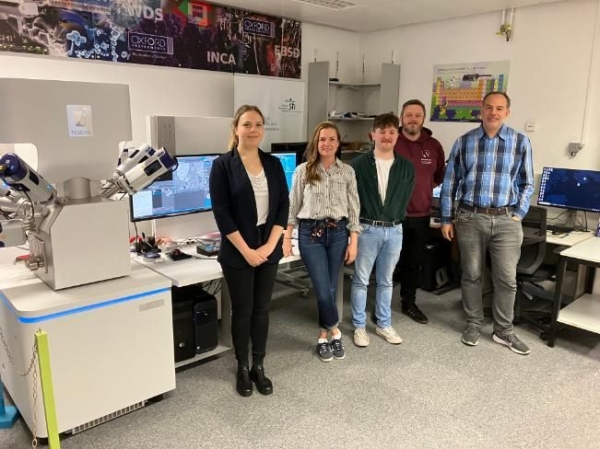Researchers from Trinity have shed new light on the formation of increasingly precious rare earth elements (REEs) by creating synthetic rocks and testing their responses to varying environmental conditions. REEs are used in electronic devices and green energy technologies, from smartphones to e-cars.
The findings, just published in the journal Global Challenges, have implications for recycling REEs from electronic waste, designing materials with advanced functional properties, and even for finding new REE deposits hidden around the globe.
Dr Juan Diego Rodriguez-Blanco, Associate Professor in Nanomineralogy at Trinity and an iCRAG (SFI Research Centre in Applied Geosciences) Funded Investigator, was the principal investigator of the work. He said:
“As both the global population and the fight against carbon emissions grow in the wake of global climate change, the demand for REEs simultaneously increases, which is why this research is so important. By growing our understanding of REE formation, we hope to pave the way to a more sustainable future."
Read more at Trinity College Dublin
Image: From left to right, Adrienn Maria Szucs (lead author of the study), Melanie Maddin, Daniel Brien, Paul Guyett, and Professor Juan Diego Rodriguez-Blanco (group leader), in the iCRAG Lab at Trinity. (Credit: Trinity College Dublin)


